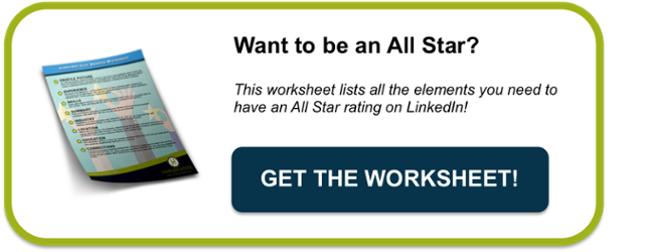Have you ever received a notification in your LinkedIn inbox that left your irked? Maybe you had met someone at a conference and they had seemed genuinely interested in connecting with you on LinkedIn? However, chances are that when you received said invitation it was decidedly underwhelming.
It probably wasn’t personal. It may not have even been addressed to you by name! These are things that matter to physician candidates because they have a lot of people trying to court them. It’s important to not lose sight of the personal touch it takes to be a high quality physician recruiter.
This week we re-read this great article from Hubspot called How to Write the Perfect LinkedIn Invite. It’s from 2014, but the standards still hold strong: professional, personal and contextual. With the aid of this information and a few insider insights from the physician recruitment vault, we will show you how you too can be one of the best physician recruiters by making the most of both your monetary and time investments with LinkedIn.
1. Choose the Right Photo
We can’t stress enough that photographs are important. The world is visual. And as Hubspot noted in their blog, in the case of a LinkedIn invitation, “your profile photo is the first thing a person sees on your LinkedIn invitation, so make it a good one.” They also suggest that you make sure that are the only person in it and that it is professional. By professional we mean:
- Not pixilated
- Not cropped from a larger group shot
- Not unapproachable
Ideal shots are ones taken by a professional photographer, but if you don’t have one of those handy, consider having a friend take a few shots of you. This isn’t an opportunity for a selfie angle. Try to think how you would want to be seen in the professional community and work on hitting that target. Physicians don’t have time to be talking to people who appear unqualified to provide them with the career opportunities they want.
Do you need some help with photos? Download our whitepaper about taking great smartphone shots.
2. Be Personal
Hubspot recommends personalization when it comes to name, but the larger subject of their article all speaks to context. Of course, the most important part of any communication to a physician would be their name, but you should also explain as many of the Who, What, When, Where, Why and How questions that are relevant to the specific invitation.
- Who – Who in the world are you? Make sure physicians know who you are. A recruiter is a general term and some of the candidates will not take the time to read your LinkedIn bio or view your full title. Make sure to use your name, title and the company you work for. Paint a full picture of the person they should consider talking to and connecting with.
- What – Are you offering them a position? What’s in it for them? What is the context for this invitation? A random invite will not often be received well especially by a busy provider.
- When – If you already met a physician at an event, make sure to reference When that was. They might need a little reminder to warm up to a physician recruiter (they probably talk to a lot of them).
- Where – This one is almost fully covered earlier in the Who. Make sure to mention where you work, but sometimes the physical location may be relevant as well (especially for relocation candidates). Typically though, physicians are more interested in What you do and Who you do it for.
- Why – This is probably the most important W. Why are you contacting this physician? If you don’t know Why, put down the mouse! All recruitment marketing and recruitment connecting should be done consciously and carefully. You don’t want to look like spam.
- How – How is not always relevant to the invite stage of LinkedIn. It comes in later when you arrange a tour or a site visit. How are they getting there? How will they be compensated? Even though these questions aren’t part of the initial invite, it’s good to prepare answers so that when you do connect and possibly ask the physician to visit or apply for a position you can sound as informed as possible.
What this does it to put your invitation in context. As we noted in our recent blog about content and context, content only works in the right context. Don’t shoot blind!
3. Be Friendly and Polite
Being congenial really doesn’t get the recognition it deserves, but it can make or break a physician candidate experience. Simple choices like choosing to use, “a few kind parting words about their work, job experience, or company” as well as making sure to use a friendly word works wonders. People like to be told that they are valued and they like to be spoken to kindly. Think of it as saying goodbye. You wouldn’t just leave an interview without some sort of sign off would you? Don’t leave your invite hanging. Finish it off with something nice.
So beyond these points, before we close this blog, here are some technical things to keep in mind about your invite:
- You only get 300 characters
- If you have too many outstanding invites, you will be delete some in order to send new ones. LinkedIn has a post on how here.
- If you want to meet someone, but don’t know them personally, utilize your network to get introduced.
--
Is your LinkedIn profile a bit stale? Consider using our Linkedin All Star tool. It’s free!











